For Sara Sami, a 38-year-old Bahraini photographer and travel guide, the first time she truly saw the stars was a moment of profound beauty. She was scouting a spot for one of her tour itineraries in Saudi Arabia—a massive cliff overlooking an expansive desert, nicknamed the "Edge of the World." "There was a blanket of stars right above us," she recalls. "You could see thousands of them, like they were endless. It was beautiful." Since that moment, Saudi Arabia has become her favorite spot for stargazing, a place where the Milky Way is visible and the night sky is a canvas of twinkling lights.
Sami has driven into the Saudi desert dozens of times from her home in Bahrain, an island state in the Persian Gulf connected to Saudi Arabia by a 24-kilometer-long causeway. She seeks out places with undisturbed darkness, far from towns and cities, where the night sky is at its most pristine. "I was able to find a spot that’s only four hours away from Bahrain, it’s literally in the middle of a desert: there is an abandoned village with broken houses. It’s kind of creepy, but it has the most beautiful sky," she says.
Sami is not alone in her admiration for Saudi Arabia's starry skies. In November of last year, AlUla Manara and AlGharameel Nature Reserves, near the ancient oasis city of AlUla, were named the first-ever Dark Sky Parks in the Middle East by DarkSky International, a non-profit that advocates against light pollution. Saudi Arabia joined just 21 other countries on its list of certified Dark Sky Places, with the US, New Zealand, and Germany topping the list.
"AlUla’s night skies have always left visitors in awe," says Gary Fildes, senior manager of AlUla Manara’s observatory, a scientific research and tourism initiative launched last year. Part of the reserve’s commitment to preserving the night sky involves careful lighting design, such as ensuring that lights have shades that direct the light down rather than up. The observatory is currently drawing up an outdoor lighting guide for new and existing developments within AlUla County, which Fildes hopes will "enable residents and visitors to always see the night sky above AlUla in all its natural beauty for years to come."
Astrotourism, the practice of traveling to places with minimal light pollution to observe the night sky, has been a growing niche in sustainable travel for several years. It is also a lucrative industry, with the National Park Service in the US finding that astronomically minded visitors bring in billions of dollars, spending money on overnight lodgings, food, and equipment. Other nations, including India and Australia, have also seen an uptick in nocturnal tourists in the past year, particularly around celestial events like solar eclipses.
DarkSky International has five categories that recognize areas with limited light pollution and active darkness conservation policies. "Those are places that are going to be fairly disconnected from large communities, but it’s a place where you’ll see the Milky Way very clearly," says Dan Oakley, the chair of the Dark Sky Places Committee for DarkSky International. Places like AlUla have developed a range of astrotourism activities, such as guided stargazing excursions, which not only reconnect visitors with nature but also introduce them to regional "starlore"—cultural mythology around the night sky.
Saudi Arabia’s history with the stars can be traced back to the Nabataeans and Bedouins, ancient nomadic tribes who lived across the Arabian Peninsula. They used the stars as both practical tools for navigation and divine symbols that aligned with cosmic events, says Fildes. For them, Venus—which appeared as the brightest star in the sky—was linked to Al-Uzza, a powerful goddess, while the sun was associated with Dushara, a revered deity. "High rock outcrops in AlUla may have served as sacred sites for celestial worship," he adds.
Night sky heritage and folklore like this are integral to "how our communities and societies have evolved," says Oakley. "People can stand under a starry sky, look up, and have the same experience that their ancestors did from 10,000 years ago," he says, adding: "We get a lot of our narratives and folklore from the way we engage with the sky, as part of our heritage."
AlUla Manara and AlGharameel Nature Reserves are just the beginning of Saudi Arabia’s astrotourism ambitions. Plans are underway to make the currently-under-development Red Sea Destination, which is roughly the size of Belgium, the Middle East’s largest designated Dark Sky Reserve. The project’s developers, Red Sea Global, are working with lighting specialists on "innovative designs that tick all the boxes for good light pollution protection," says Oakley.
"Preserving natural darkness is crucial for both people and the planet," Andrew Bates, Red Sea Global’s associate director of lighting, told in an email. The resort is implementing solutions such as shielding light sources and aiming light fixtures downwards, using warm lighting colors, and smart control systems that will integrate with the development’s renewable energy. Bates adds that the Red Sea destination’s first resort, Six Senses Southern Dunes, has already achieved Dark Sky compliance.
Like AlUla, the Red Sea destination is leaning into Islamic astronomy traditions, says Ahmed AlThaher, the astronomy lead for Akun, Red Sea Global’s adventure activity company: "During Hajj season, we highlighted how celestial objects were used for navigation to Mecca and timing of rituals. Other experiences at our destination focus on moon phases and Hijri calendaring (an Islamic lunar calendar)."
Of course, there’s an inherent paradox in astrotourism: increased tourism means more people, which can often lead to more light pollution. One of the most visible consequences of light pollution—caused by everyday light sources such as street lamps, electronic advertising, and floodlights in sports grounds—is "sky glow," which obscures the stars for about 80% of the world’s population, according to Dark Sky International. The surging interest in astrotourism is reflected in the kind of applications Dark Sky International receives, where tourism is a "prime driver" for many locations seeking a designation, says Oakley. "There’s nothing wrong with that, but we just have to be aware that they’re quite different from other applicants" who may have a more astronomical or conservation-led interest in dark sky preservation, he adds.
However, motivations aside, the preservation of the night sky and a more conscientious approach to lighting design has positive impacts beyond tourism dollars: light pollution negatively impacts wildlife and ecosystems by disrupting behaviors triggered by the dark, impacting bird migrations, sea turtle hatching, and nocturnal predators. Red Sea Global plans to cap numbers at one million visitors, in addition to implementing sustainability initiatives across the various resorts, in a bid to prevent overtourism and mitigate the impact of human activity.
As Saudi Arabia develops its tourism sector, Oakley is glad to see dark sky lighting practices being embedded into designs—although with just 15 people per square kilometer (5.8 per square mile), one of the lowest population densities in the world, the nation already has a significant advantage in limiting light pollution. It’s one of the reasons that Sara Sami continues to visit. Even beyond designated nature reserves, it’s easy to find an off-the-grid spot with no lights, she says. "Most of the areas in Saudi, you could find the night sky there. All of the beautiful wonders they have, they are out in the desert, so you get the best of both worlds: beautiful nature and a great night sky."
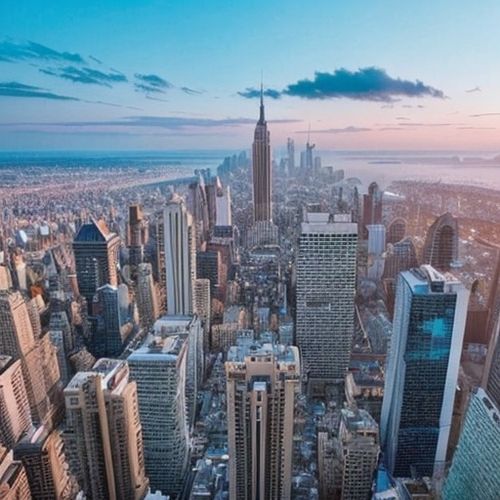
By Noah Bell/Feb 25, 2025
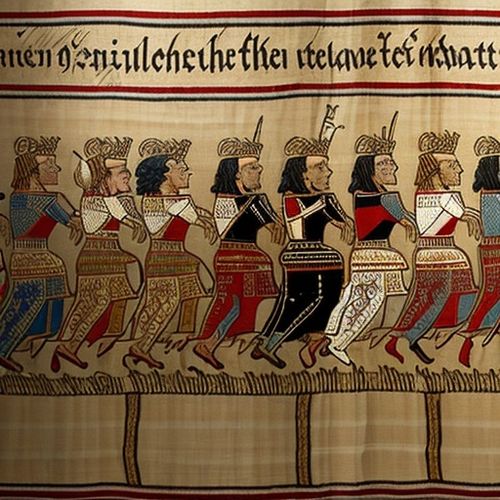
By Natalie Campbell/Feb 25, 2025
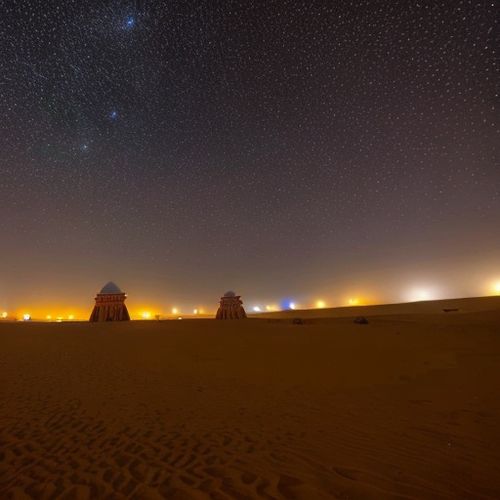
By Laura Wilson/Feb 25, 2025
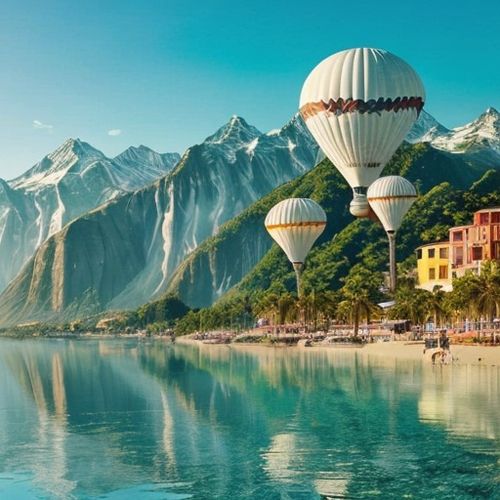
By John Smith/Feb 25, 2025
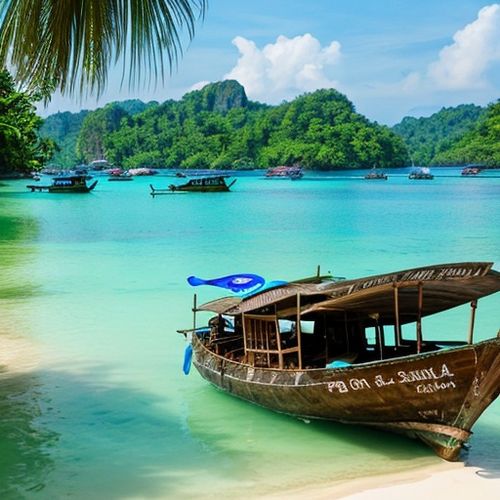
By Lily Simpson/Feb 25, 2025
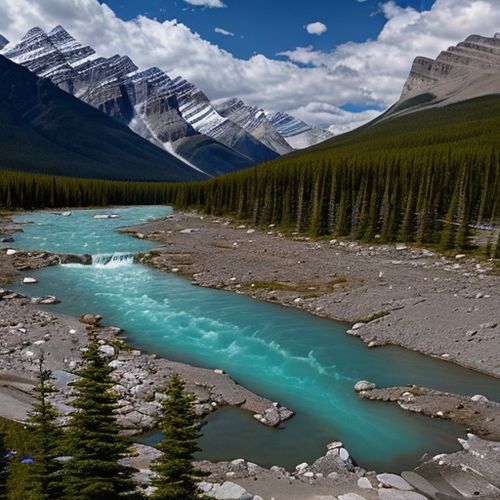
By Jessica Lee/Feb 25, 2025
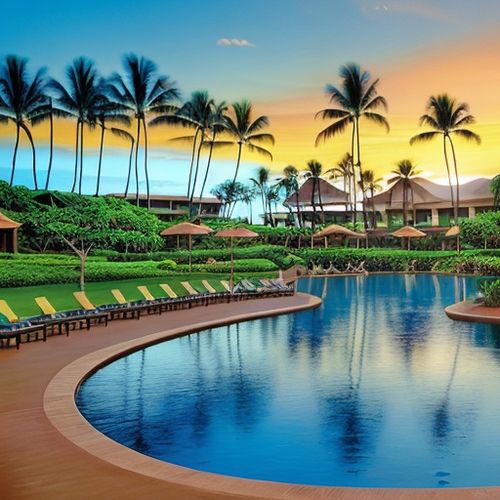
By John Smith/Feb 25, 2025
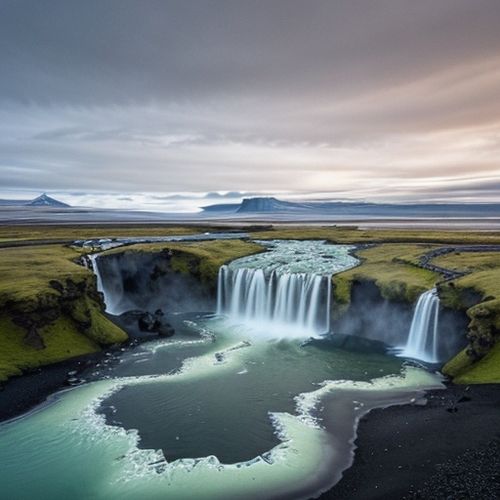
By Rebecca Stewart/Feb 25, 2025
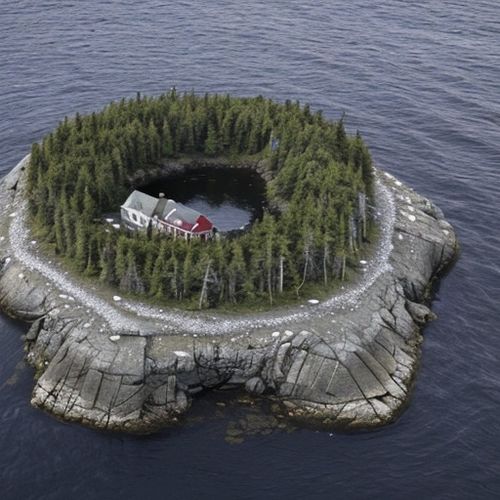
By Rebecca Stewart/Feb 25, 2025
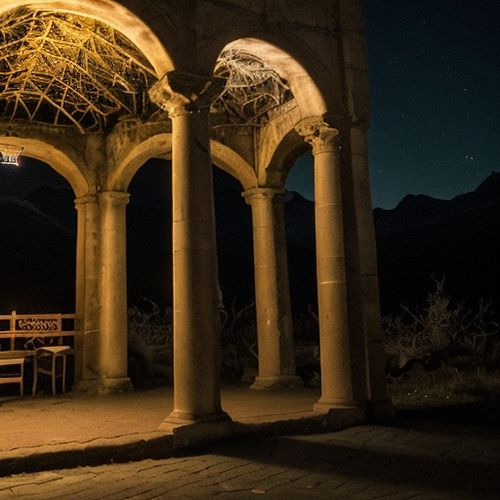
By Daniel Scott/Feb 25, 2025
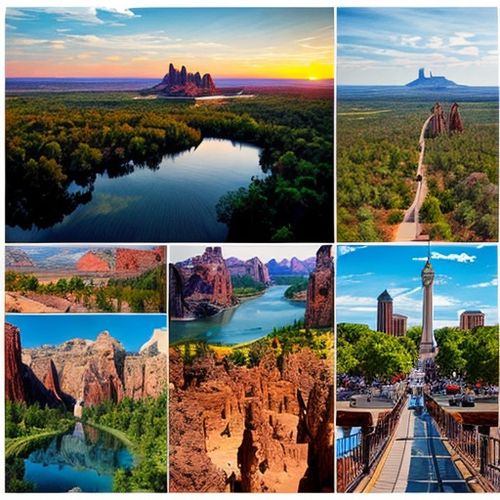
By Ryan Martin/Dec 23, 2024
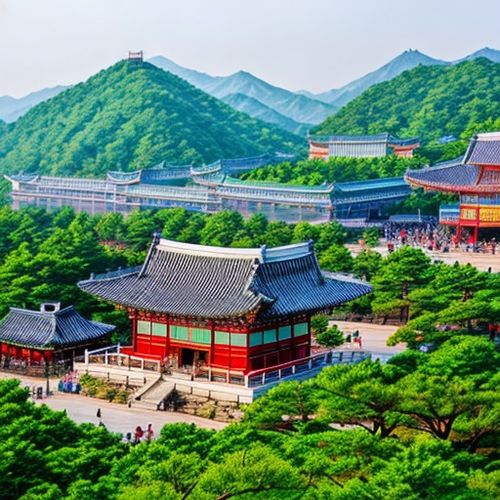
By Emma Thompson/Dec 23, 2024
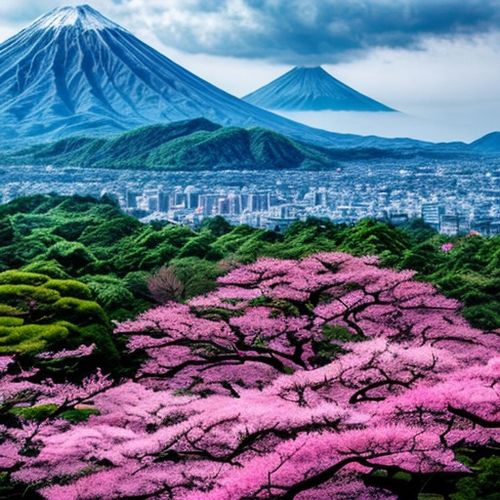
By Sophia Lewis/Dec 23, 2024
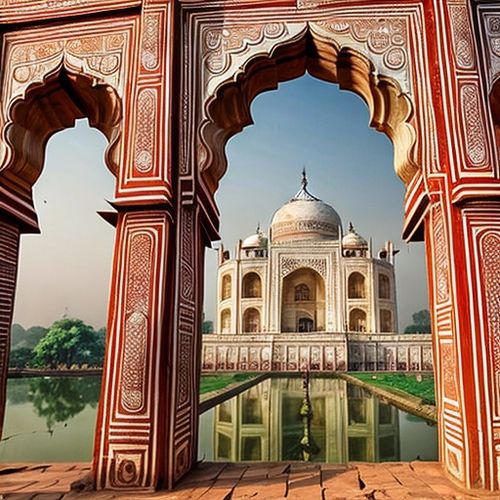
By James Moore/Dec 23, 2024

By Benjamin Evans/Dec 23, 2024
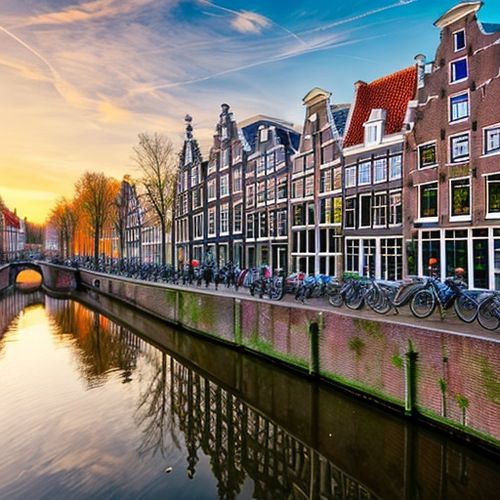
By John Smith/Dec 23, 2024
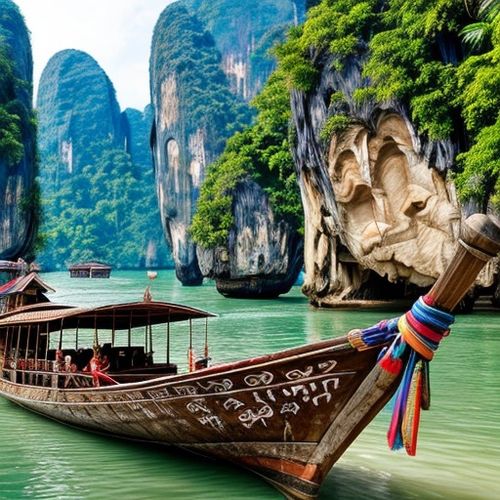
By William Miller/Dec 23, 2024
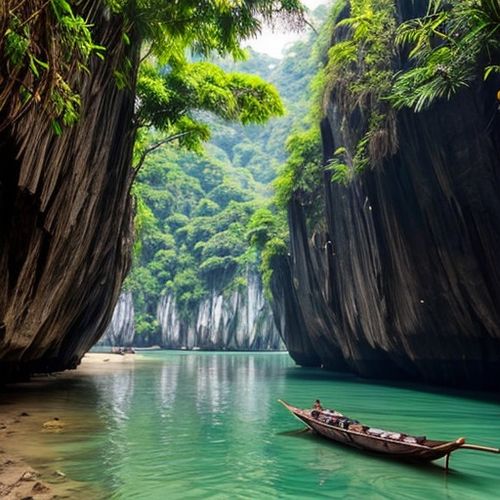
By Michael Brown/Dec 23, 2024